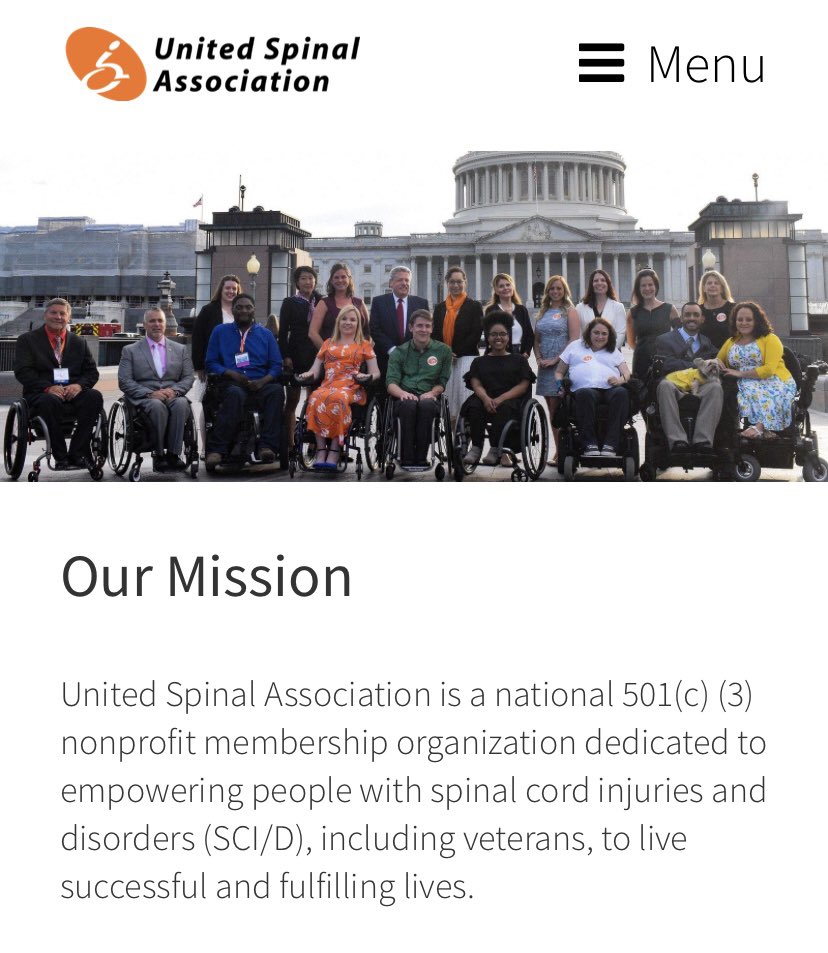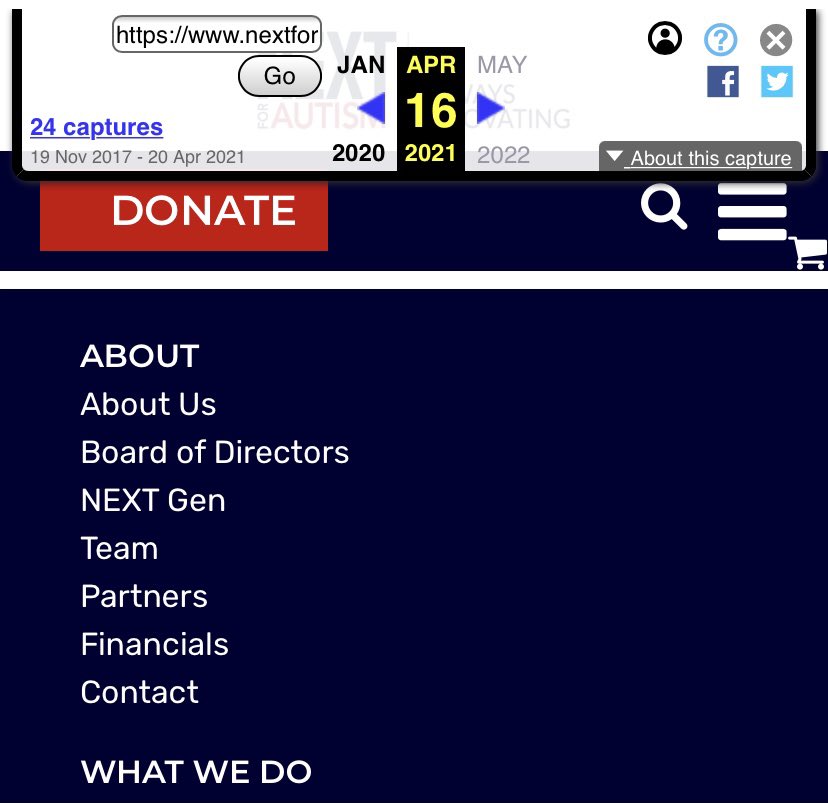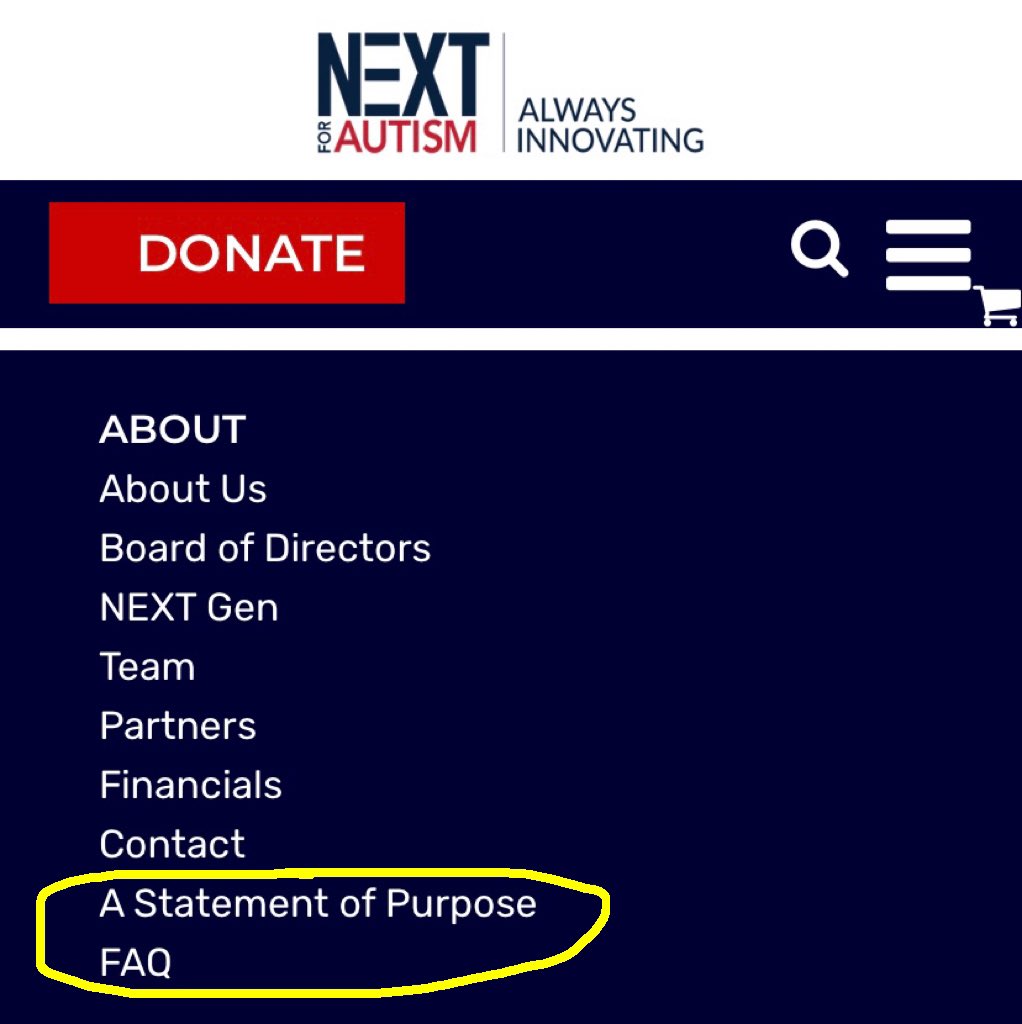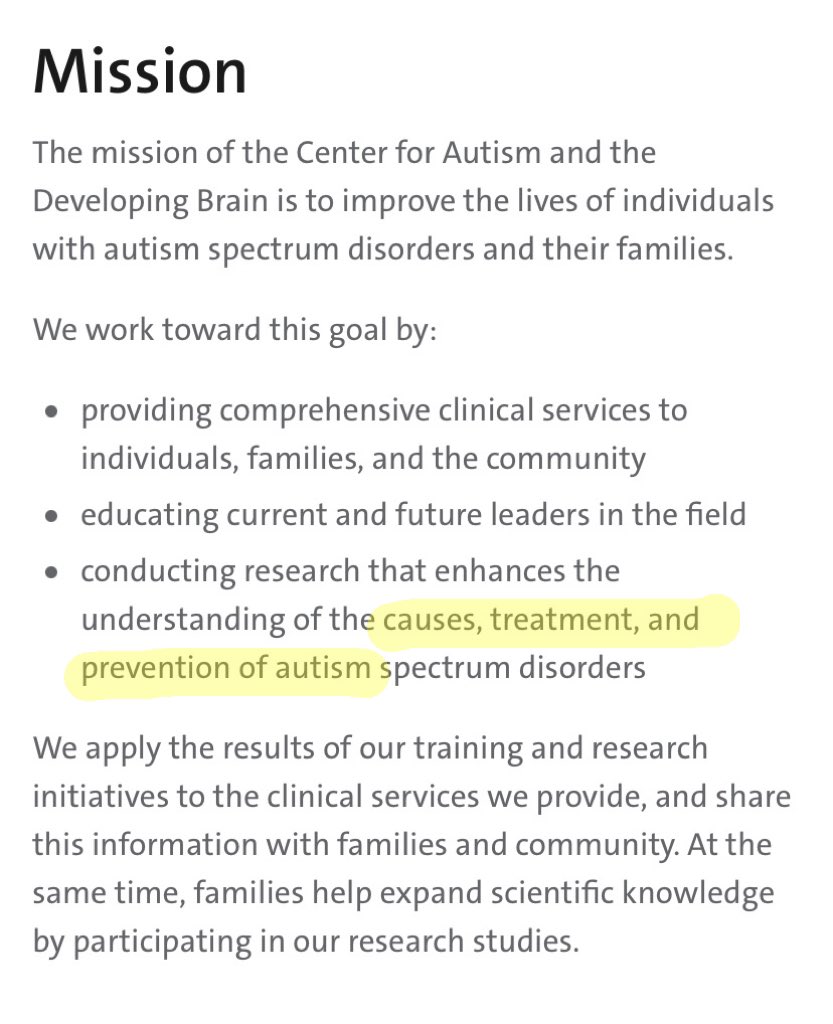
My longest-lasting friendships/relationships have been with people who communicate bluntly with me.
Autistic people’s communication style is often straightforward, and we can find it hard to maintain relationships with people who don’t return the favor of being an open book.
Autistic people’s communication style is often straightforward, and we can find it hard to maintain relationships with people who don’t return the favor of being an open book.
Dancing around feelings, dropping hints, avoiding conflict, keeping secrets, etc. are a recipe for disaster when trying to communicate with me.
Because I will keep asking about things and expecting a straight answer.
I can’t function without knowing exactly what’s going on.
Because I will keep asking about things and expecting a straight answer.
I can’t function without knowing exactly what’s going on.
Sometimes it can be hard for people to talk about certain feelings, etc. But just letting me know the basics saves everyone a lot of stress.
I think a lot of neurotypical people feel too vulnerable and exposed by that kind of bluntness.
But I thrive with it.
I think a lot of neurotypical people feel too vulnerable and exposed by that kind of bluntness.
But I thrive with it.
While bluntness, directness, brutal honesty, etc. are associated with autistic communication, I’ve been lucky enough to have a decent number of non-autistic friends who can & do communicate that way with me.
It makes our interactions flow much easier than they would otherwise.
It makes our interactions flow much easier than they would otherwise.
Honesty in romantic relationships is important too. One great thing about my relationship with Abby is that both of us are blunt about everything.
Neither of us have to worry about how the other person is feeling, etc.
We just tell each other, even when the answer is tough.
Neither of us have to worry about how the other person is feeling, etc.
We just tell each other, even when the answer is tough.
I think that everyone could benefit from the kind of honesty that’s present in my relationships with other autistic people.
It allows for a deep connection, and a very strong foundation of trust.
You can count on the other person to tell you exactly what’s on their mind.
It allows for a deep connection, and a very strong foundation of trust.
You can count on the other person to tell you exactly what’s on their mind.
Autistic people tend to explicitly state things that are usually left unsaid.
At a camp for autistic people I attended, it was common for me to witness people saying things like “I’m sitting next to you because I like you,” or “That was a joke” (after making an obvious joke).
At a camp for autistic people I attended, it was common for me to witness people saying things like “I’m sitting next to you because I like you,” or “That was a joke” (after making an obvious joke).
Things like that would probably be seen by non-autistic people as “awkward” and “inappropriate” but at this camp nobody batted an eye.
In fact, the response I heard from the person who was told “I’m sitting next to you because I like you” was “Aw, thanks! I like you too.”
In fact, the response I heard from the person who was told “I’m sitting next to you because I like you” was “Aw, thanks! I like you too.”
This kind of total transparency is something I wish the non-autistic world could learn to accept and work with.
You might not be used to it, and it might throw you off at first.
But it’s an opportunity that everyone could take, to be more vulnerable and practice honesty.
You might not be used to it, and it might throw you off at first.
But it’s an opportunity that everyone could take, to be more vulnerable and practice honesty.
• • •
Missing some Tweet in this thread? You can try to
force a refresh














